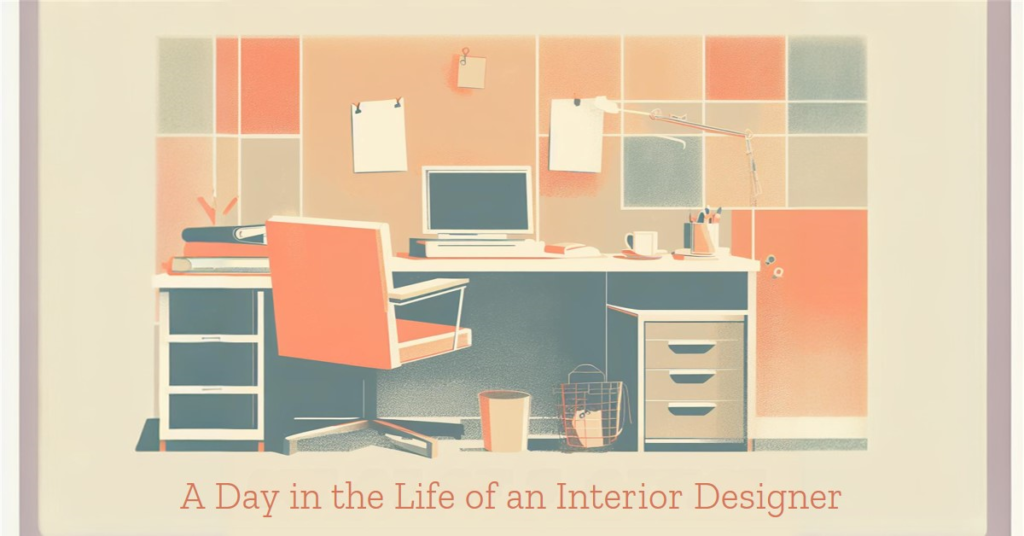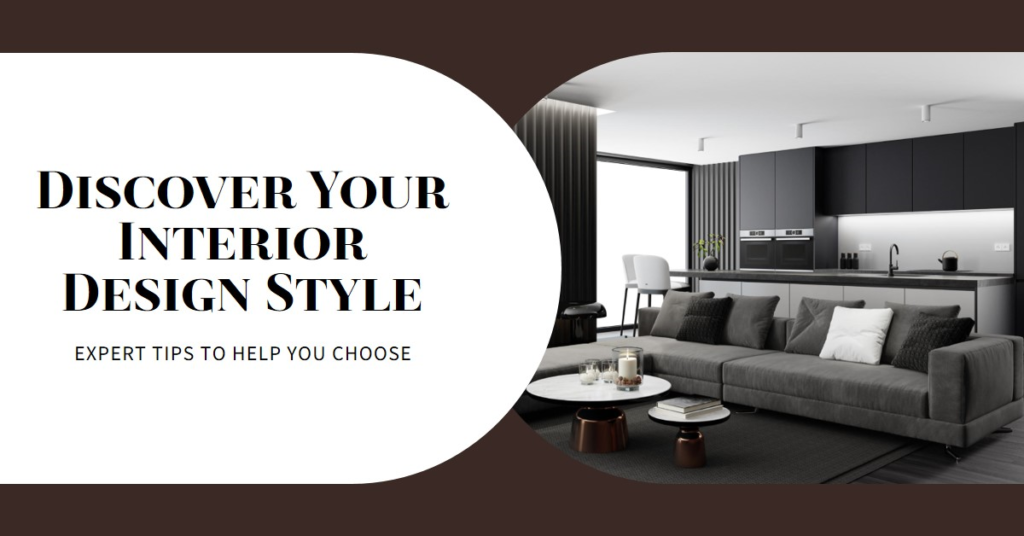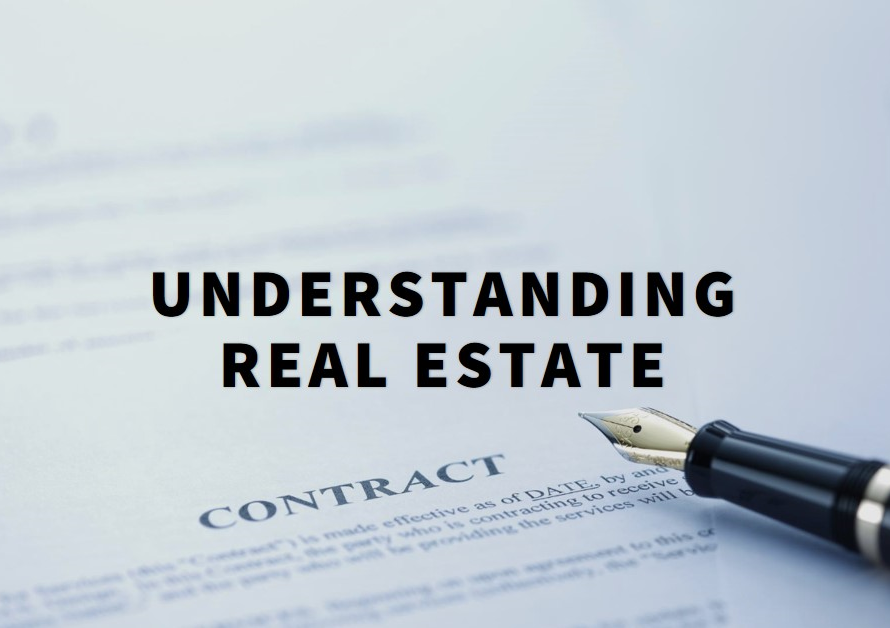
Table of Contents
- Introduction
- The Role of an Interior Designer
- Factors Influencing Interior Design Costs
- Pricing Models in Interior Design
- Additional Costs to Consider
- The Value of Professional Interior Design
- How to Choose the Right Interior Designer
- Setting a Realistic Budget
- Communicating with Your Designer
- The Long-Term Benefits of Quality Design
- Conclusion
Introduction
Interior design is an art form that enhances the beauty, functionality, and livability of a space. As you consider hiring an interior designer, understanding the associated costs can help you make informed decisions. This comprehensive guide will explore the various factors that influence interior design fees, the different pricing models used by designers, and the value you receive from investing in professional design services.
The Role of an Interior Designer
Interior designers do more than choose paint colors and arrange furniture. They are skilled professionals who bring a wealth of knowledge and expertise to your project. From space planning and architectural detailing to sourcing materials and managing contractors, their role encompasses a wide range of responsibilities.
Designers work closely with clients to understand their needs, preferences, and lifestyle. They create cohesive design plans that reflect the client’s vision while optimizing the functionality of the space. Additionally, interior designers stay current with industry trends, ensuring that your project is both stylish and timeless.
Factors Influencing Interior Design Costs
Several factors can influence the cost of hiring an interior designer. One of the primary considerations is the scope of the project. A single-room makeover will generally cost less than a full-home renovation. The complexity of the design, the quality of materials, and the level of customization required also play significant roles in determining the overall expense.
Location is another crucial factor. Designers in metropolitan areas often charge higher rates due to the increased cost of living and demand for their services. The designer’s experience and reputation can also impact pricing. Established designers with a proven track record may charge premium rates, while newer designers may offer more competitive pricing to build their portfolios.
Pricing Models in Interior Design
Interior designers use various pricing models to charge for their services. Understanding these models can help you choose the right designer for your project and budget. The most common pricing structures include hourly rates, flat fees, cost-plus, and square footage rates.
Hourly Rates
Many interior designers charge by the hour, with rates varying widely based on experience, location, and project complexity. Hourly rates can range from $50 to $500 or more. This model is often used for smaller projects or consultations where the scope of work is not easily defined upfront.
Flat Fees
For larger projects, some designers prefer to charge a flat fee. This model involves a fixed price for the entire project, which can be beneficial for clients who want a clear understanding of costs from the outset. Flat fees are typically based on the estimated hours and resources required to complete the project.
Cost-Plus
The cost-plus model involves the designer charging a percentage markup on all goods and services purchased for the project. This percentage can range from 10% to 35% or more. This model allows for flexibility and can be advantageous for projects with varying levels of complexity and customization.
Square Footage Rates
In some cases, designers charge based on the square footage of the space being designed. This model is common in commercial projects or large residential renovations. Rates per square foot can vary significantly but typically range from $5 to $15 per square foot.
Additional Costs to Consider
Beyond the designer’s fees, there are other costs to consider when budgeting for an interior design project. These additional expenses can include purchasing furniture, fixtures, and materials, as well as paying contractors and tradespeople for installation and construction work.
Designers often have access to trade discounts on furniture and materials, which can help offset some of these costs. However, it’s important to clarify whether these savings will be passed on to you or retained by the designer as part of their markup.


The Value of Professional Interior Design
Hiring an interior designer is an investment in your home and quality of life. A well-designed space can enhance your daily living experience, increase the functionality of your home, and boost its market value. Professional designers bring a trained eye and creative solutions that you might not have considered.
Designers also save you time and stress. They manage the details of the project, coordinate with contractors, and ensure that the work is completed to a high standard. Their expertise can prevent costly mistakes and ensure that your vision is realized efficiently and effectively.
How to Choose the Right Interior Designer
Choosing the right interior designer is crucial to the success of your project. Start by researching designers in your area and reviewing their portfolios. Look for a style that resonates with you and a track record of successful projects.
Interview potential designers to understand their approach, experience, and fee structure. Ask for references and check online reviews. It’s important to find a designer who not only has the skills and experience you need but also someone you feel comfortable working with and who understands your vision.
Setting a Realistic Budget
Setting a realistic budget is essential for a successful interior design project. Begin by determining your overall budget, including the designer’s fees and all associated costs. Communicate this budget clearly to your designer from the start to ensure that your expectations align.
Be prepared for unexpected expenses, as they are common in renovation and design projects. A contingency fund of 10% to 20% of the total budget can help cover any unforeseen costs without derailing the project.
Communicating with Your Designer
Effective communication with your interior designer is key to achieving your desired outcome. Be clear about your needs, preferences, and budget from the beginning. Share inspiration images and describe how you use your space and what you hope to achieve.
Regular check-ins and open communication throughout the project can help prevent misunderstandings and ensure that the project stays on track. Trust your designer’s expertise, but don’t hesitate to voice any concerns or questions you may have.
The Long-Term Benefits of Quality Design
Investing in quality interior design offers long-term benefits. A thoughtfully designed space can adapt to your changing needs, providing lasting comfort and functionality. High-quality materials and craftsmanship ensure durability and longevity, reducing the need for frequent updates or repairs.
Furthermore, a beautifully designed home can enhance your overall well-being, creating an environment that supports relaxation, productivity, and enjoyment. It can also increase your home’s resale value, making it a wise investment for the future.
Conclusion
In conclusion, understanding the costs associated with hiring an interior designer and the value they bring to your project is crucial. By considering the various factors, pricing models, and additional costs, you can make informed decisions that align with your budget and vision. Investing in professional interior design can transform your space and enhance your quality of life for years to come.


